The composition of the oils will have an impact on their properties in cosmetics and therefore on their uses.
At BeautyMix, we offer seven vegetable oils (sweet almond, hazelnut, sesame, argan, jojoba, hemp and oily carrot macerate) whose properties will be highlighted in this article. The comedogenic index will also be indicated in the table, with a result between 0 and 5: 0 being non-comedogenic and 5 being very comedogenic. A comedogenic oil will tend to clog the pores of the skin and therefore promote the appearance of pimples or blackheads.
This article will help you better understand which oil is right for you.
What is an oil? How is it obtained?
Oils are fatty substances composed of saturated or unsaturated fatty acids (with omega 3,6,9). Vegetable oil is therefore, by definition, immiscible in water or in alcohol, that is to say that it cannot dissolve in it. Depending on the temperature at which the oil will be stored, it may end up in its oil or butter state. The latter corresponds to a solid state.
An oil can be obtained by different processes which will have an impact on its final quality.
The first technique is cold pressing: after sorting, the fruits and seeds will be cold pressed, that is to say at room temperature, in order to obtain a vegetable oil of excellent quality since the oil which result will be the purest possible and will contain all these essential nutrients.
The second technique is the mechanical press: the fruits will be crushed and slightly heated. The resulting oil will be pure and will preserve all its dietary qualities. This is the most common method.
For oleaginous fruits, a centrifugation will be necessary in order to properly separate the oil from the pulp.
Finally, the last process encountered is solvent extraction which is certainly profitable but which gives an oil of mediocre quality.
Alongside oils, there are oily macerates on the cosmetics market: they are obtained by macerating a plant in vegetable oil. Example of oily carrot macerate.

What are vegetable oils made of?
Major constituent: fatty acids
It is a fundamental molecule, a source of energy for humans. Fatty acids are mainly provided by food but can also be produced by our body. However, some fatty acids can only come from food since our body does not know how to synthesize them: these are the so-called "essential" fatty acids.
Among these fatty acids, we have saturated fatty acids, that is to say without double bonds, and unsaturated fatty acids, which have double bonds.
In principle, oils rich in saturated fatty acids will be in solid form at room temperature: this is the case with Shea Butter.
There are different types of unsaturated fatty acids:
Monounsaturated (a single double bond) otherwise known as omega 9
Polyunsaturated (several double bonds) otherwise known as omega 3 and 6.
In the omega 3 family, we will focus here on thelinolenic acid which is present in vegetable oils of cosmetic interest.
The other component of vegetable oils: unsaponifiables.
These are components that will not be transformed into soap during a saponification reaction, that is to say a transformation of an oil into soap by adding soda.
These unsaponifiables, even if they are present in very small quantities (<1%), are nonetheless very effective and will be at the origin of the different properties of the oils:
Carotenoids: these are molecules responsible for the orange color of the oil and which give a “healthy glow” effect to the skin. They are powerful natural antioxidants, regenerating the skin and photo-protective.
Phytosterols, otherwise known as "vegetable cholesterol": they have a healing, restorative action and anti-inflammatory properties. They improve the skin's barrier function and microcirculation, slow down skin aging and protect against the action of UV rays.
Vitamin B: it protects and regenerates cells.
Vitamin C: this vitamin will accelerate the healing of the skin. It is found in rosehip or avocado oil.
Vitamin D: fairly well known since it is produced following sun exposure, it is useful for the proper functioning of the immune system.
Vitamin E (tocopherol): very antioxidant, it protects against cell aging and is anti-inflammatory. It is strongly found in thehemp oil and thenuts oil. It will therefore be useful for skin prone to imperfections.
Vitamin K: it is useful in the blood clotting process.
Enzymes that will have an anti-aging action. They protect against skin aging induced in particular by free radicals.
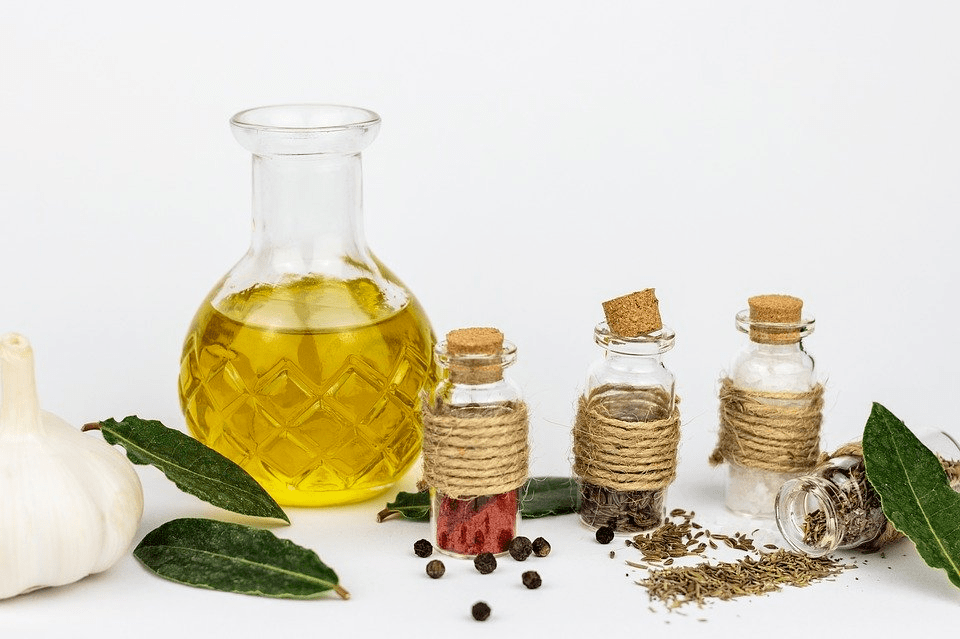
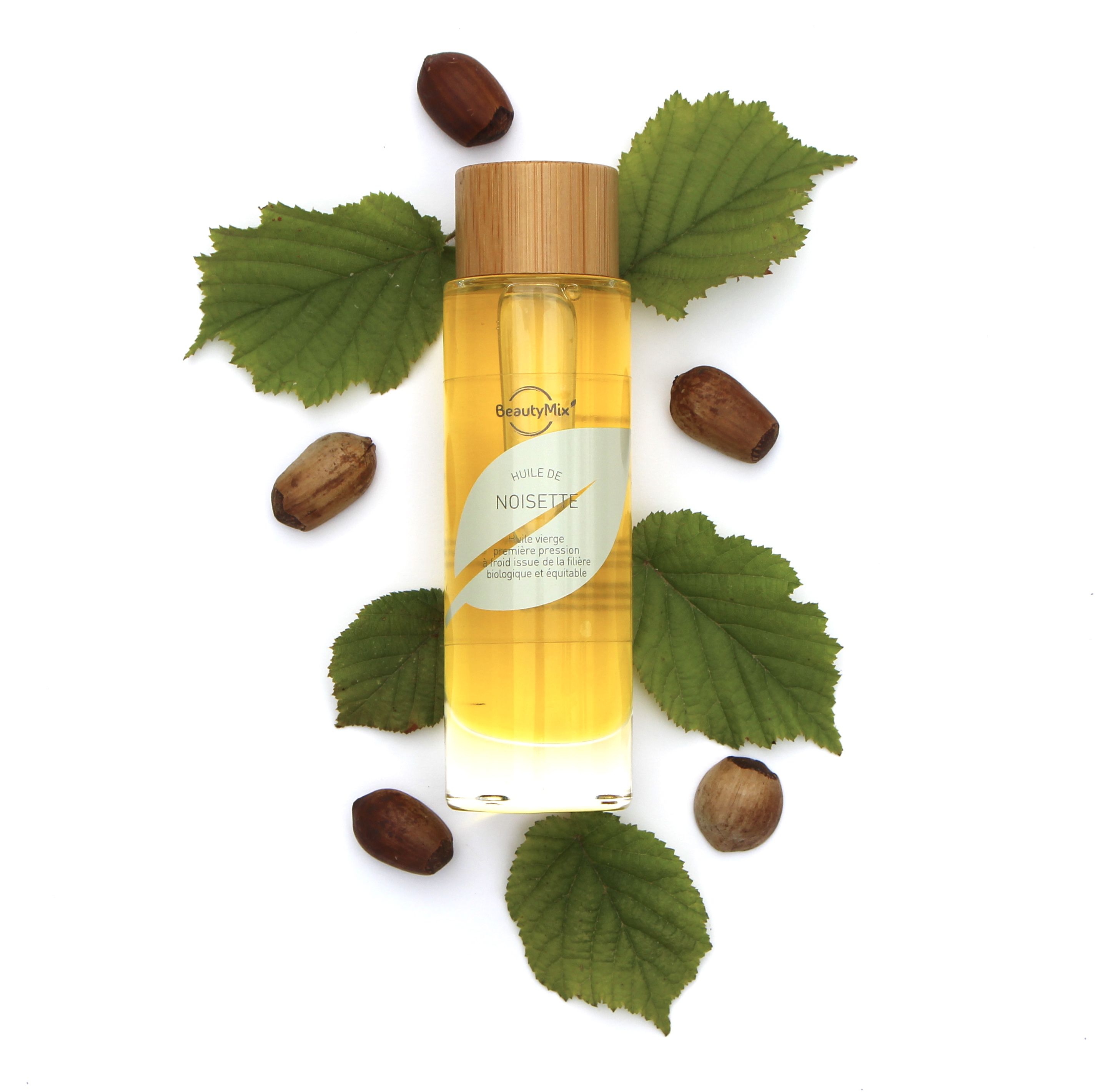
hazelnut oil
| Fatty acid composition |
|
| Composition "other" |
|
| Properties
|
|
| Color | YELLOW |
| Preservation | Stable vegetable oil. Store away from heat and direct light. |
| Comedogenic index | 0 |
hemp oil
| Fatty acid composition | The richness in linoleic acid makes it possible to create a protective barrier of the epidermis and to hydrate intensely. It is one of the driest oils in cosmetics |
Composition "other" |
|
| Properties |
|
| Color | Dark green |
| Preservation | In the refrigerator |
| Comedogenic index | 0 |
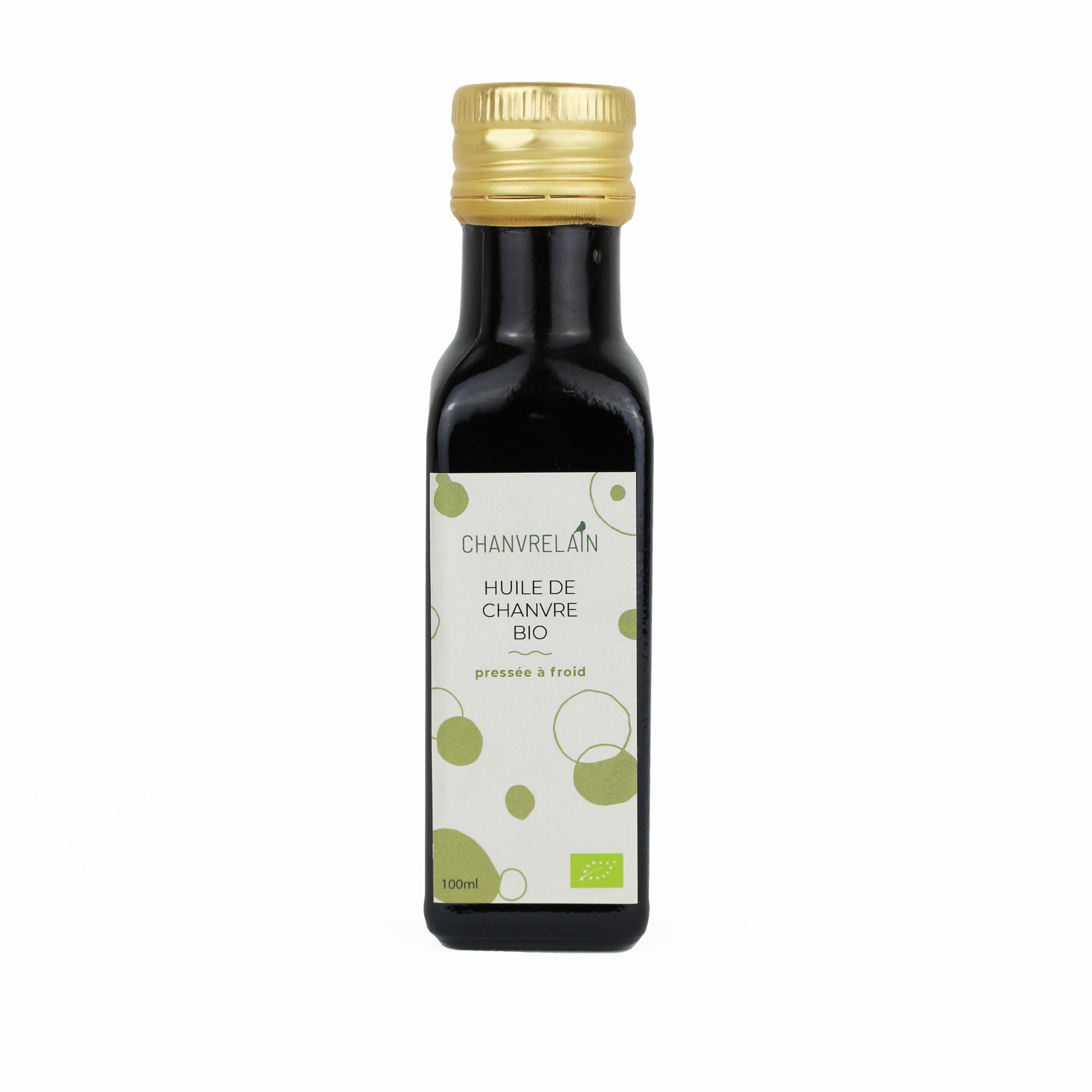
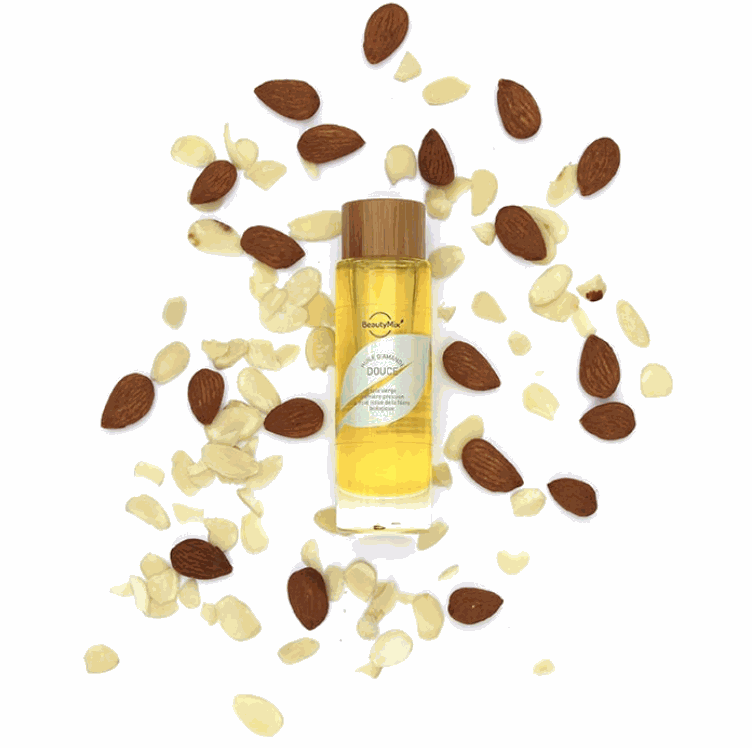
sweet almond oil
| Fatty acid composition |
|
| Composition "other" |
|
| Properties |
|
| Color | YELLOW |
| Preservation | Stable vegetable oil. Store away from heat and direct light. |
| Comedogenic index | 2 |
Argan oil
| Fatty acid composition |
|
| Composition "other" |
|
| Properties |
|
| Color | Yellow to brown |
| Preservation | Stable vegetable oil. Store away from heat and direct light. |
| Comedogenic index | 0 |
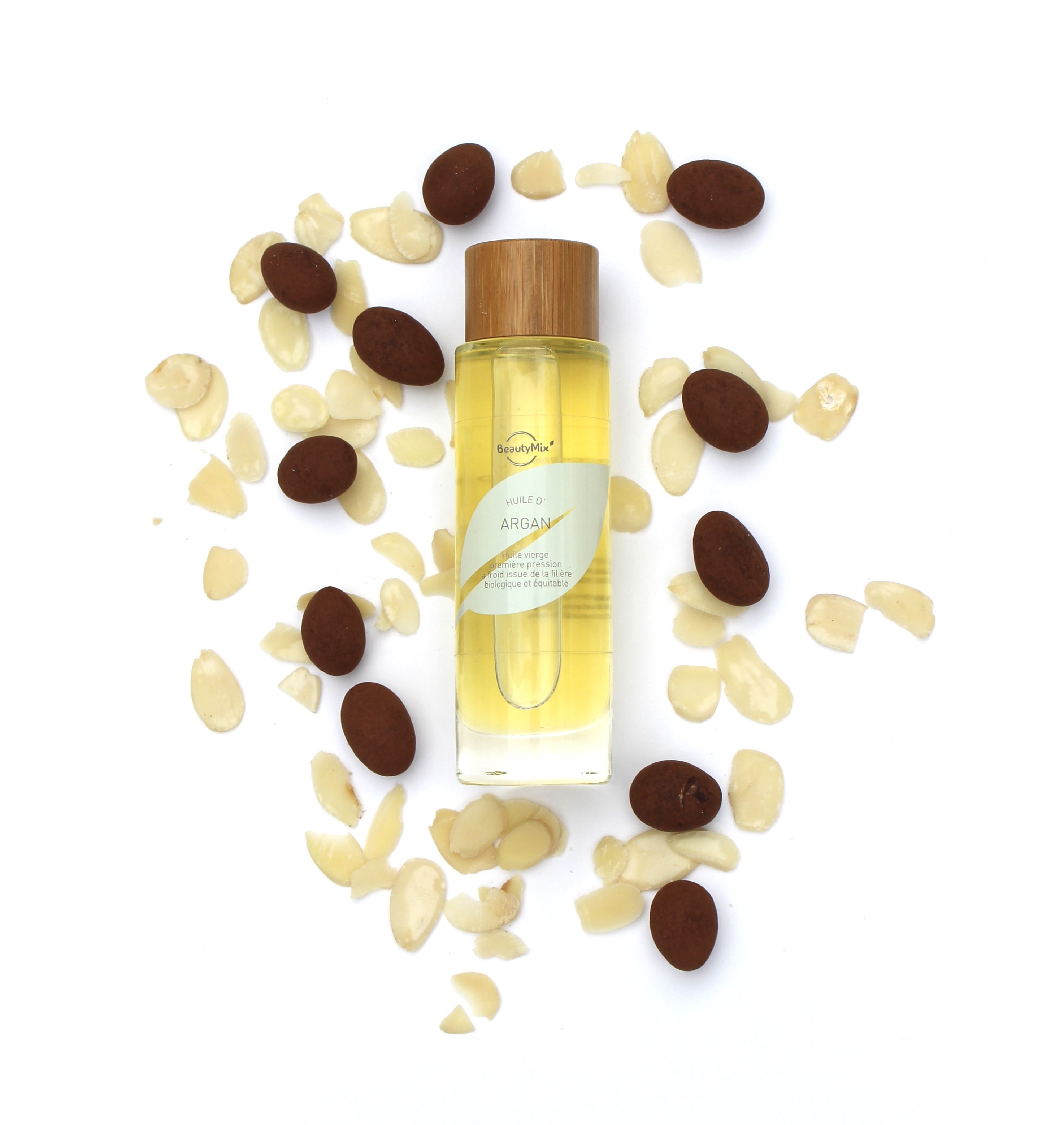
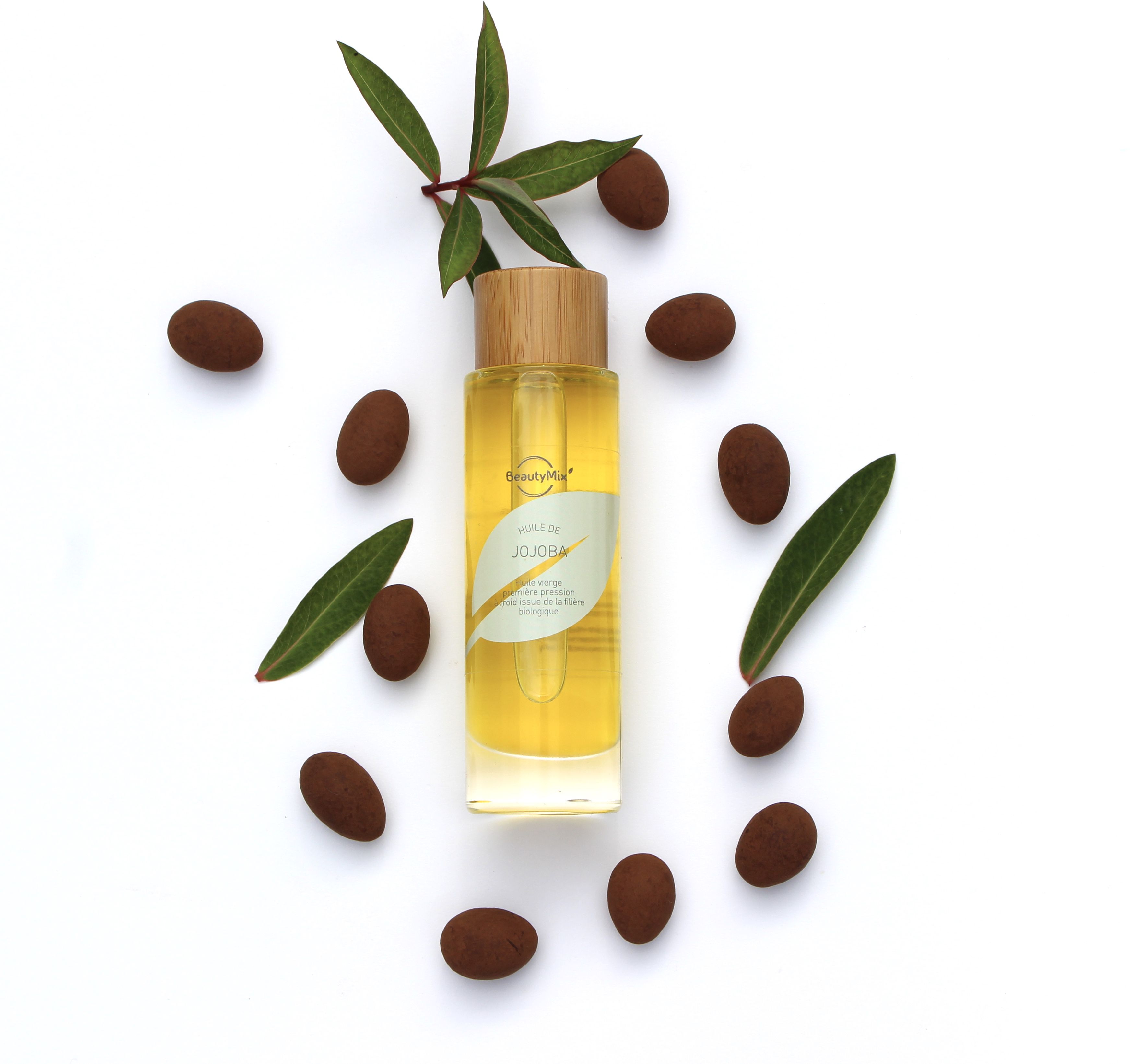
jojoba oil
| Fatty acid composition | |
| Composition "other" |
|
| Properties |
|
| Color | Light yellow to yellow |
| Preservation | Stable vegetable oil. Store away from heat and direct light. |
| Comedogenic index | 0 |
sesame oil
| Fatty acid composition | |
| Composition "other" |
|
| Properties |
|
| Color | YELLOW |
| Preservation | Stable vegetable oil. Store away from heat and direct light. |
| Comedogenic index | 1 |
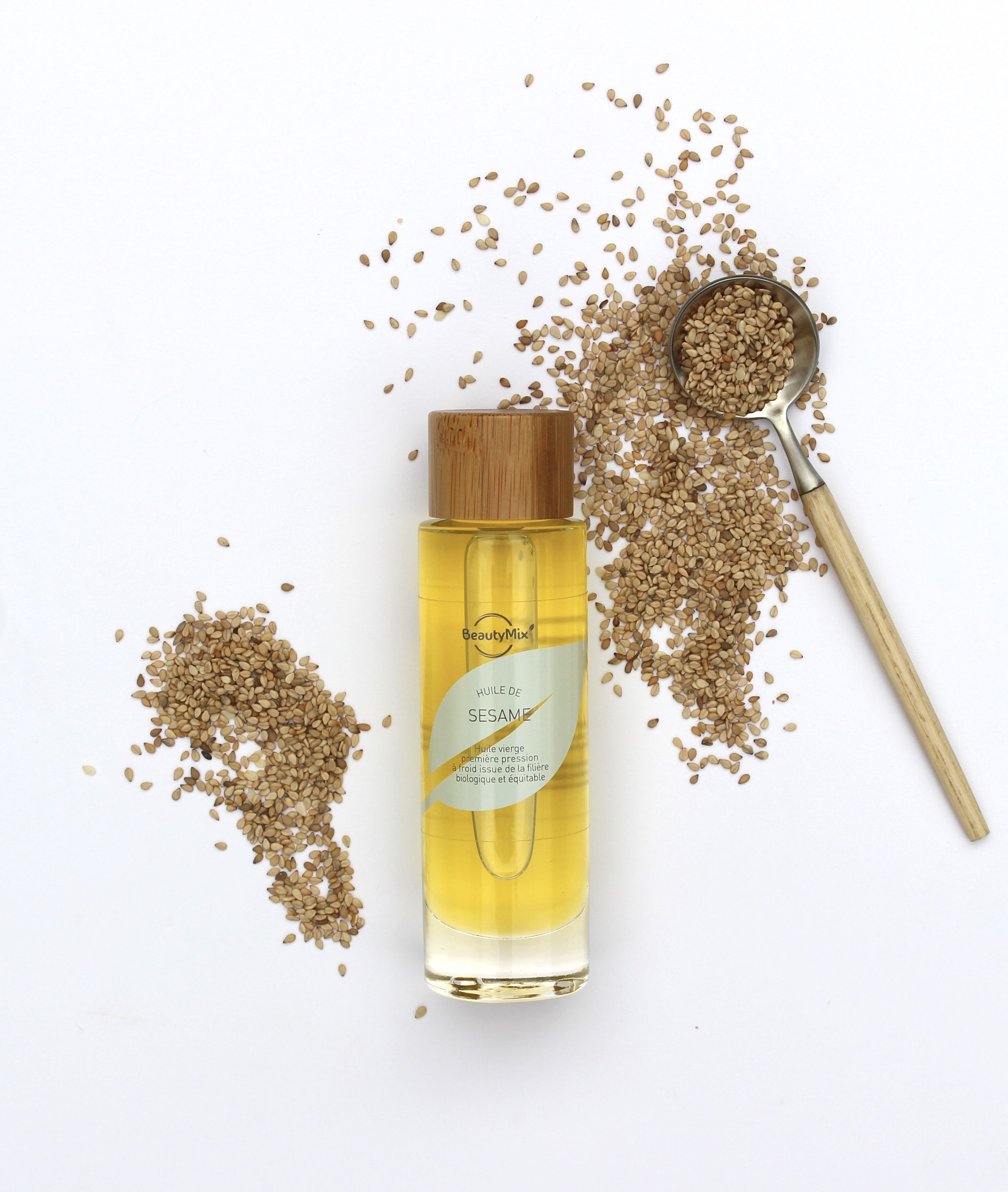
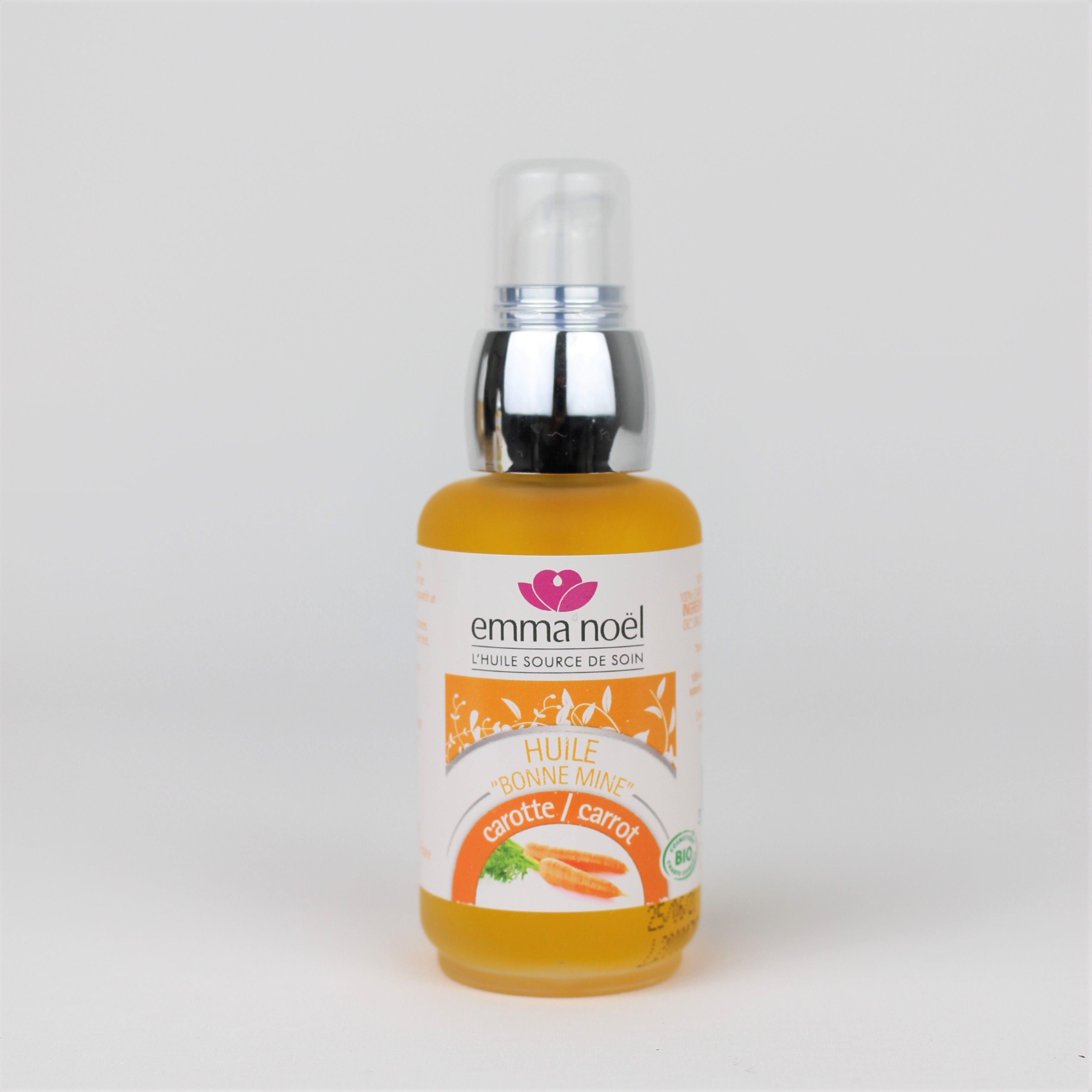
Oily carrot macerate
| Fatty acid composition | |
| Composition "other" |
|
| Properties |
|
| Color | Orange |
| Preservation | Stable vegetable oil. Store away from heat and direct light |
| Comedogenic index | 1 |